China's STAR Market Introduces Growth Layer for Pre-Profit Tech Firms in Major Market Reform
本文包含AI辅助创作内容
China's securities regulator has launched a significant structural reform of the STAR Market, aiming to improve institutional adaptability for technology-driven companies that are not yet profitable. On June 18, the China Securities Regulatory Commission (CSRC) released its latest guidance to establish a new Growth Enterprise Layer (GEL)within the STAR Market.
The move reflects growing demand for capital market frameworks that better accommodate high-risk, high-investment innovation sectors such as artificial intelligence, commercial aerospace, and advanced manufacturing.

Supporting Early-Stage Tech Enterprises
The newly introduced GEL is designed to serve companies with substantial R&D spending and technological breakthroughs, but which remain in the pre-profit phase. These firms will be subject to distinct listing treatment and disclosure standards.
Companies under GEL will carry a special stock suffix “U” (Unprofitable) and must disclose the reasons for ongoing losses and their potential impact on operations. Entry and exit criteria are clearly defined: firms can exit the GEL if they meet specific profitability or revenue thresholds, such as two years of positive earnings totaling at least RMB 50 million.
To mitigate risks to retail investors, additional suitability requirements apply. Individuals must meet STAR Market access thresholds and sign risk disclosure agreements specific to GEL stocks. Brokerage firms will also be required to enhance investor education and risk profiling.
A Targeted Set of Institutional Enhancements
Alongside the new GEL, six complementary measures have been introduced to improve market access and financing channels for early-stage tech firms:
Institutional Investor Pilot: For companies listing under the STAR Market's fifth standard, a pilot will consider investments by veteran institutional investors as part of the IPO review process. This aims to improve early-stage quality screening using market-based signals.
IPO Pre-Review Mechanism: Select tech firms developing critical technologies can request a non-public pre-review of their IPO filings, designed to protect proprietary information and improve regulatory efficiency.
Expanded Listing Standards: The fifth listing standard will now apply to a broader set of industries, including AI and low-altitude aviation, reflecting evolving market needs.
Flexible Equity Financing: Unprofitable firms under review will be allowed to raise equity from existing shareholders to fund R&D, with controls to protect shareholder rights.
Enhanced Listing Support: Reforms to strategic investor qualification and refinancing rules will make it easier for listed companies to consolidate and grow.
Broadened Investment Tools: New STAR Market ETFs and derivatives are under development, aimed at attracting long-term capital and providing better risk management instruments.
Market Implications
The introduction of the GEL brings China's capital markets more in line with international practices that differentiate between pre- and post-profit enterprises. By offering clearer disclosure and governance frameworks, the STAR Market aims to attract sophisticated investors while better managing risk for retail participants.
For global investors and service providers, these reforms provide new access points to China's innovation economy, particularly in sectors still in early development stages. The rollout of ETF-linked derivatives and institutional investor mechanisms may also offer better hedging and allocation tools.
The Shanghai Stock Exchange will oversee implementation and investor education, with efforts underway to improve communication with issuers and market participants. While initially focused on the STAR Market, some measures may be extended to other market segments over time.








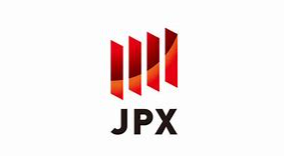
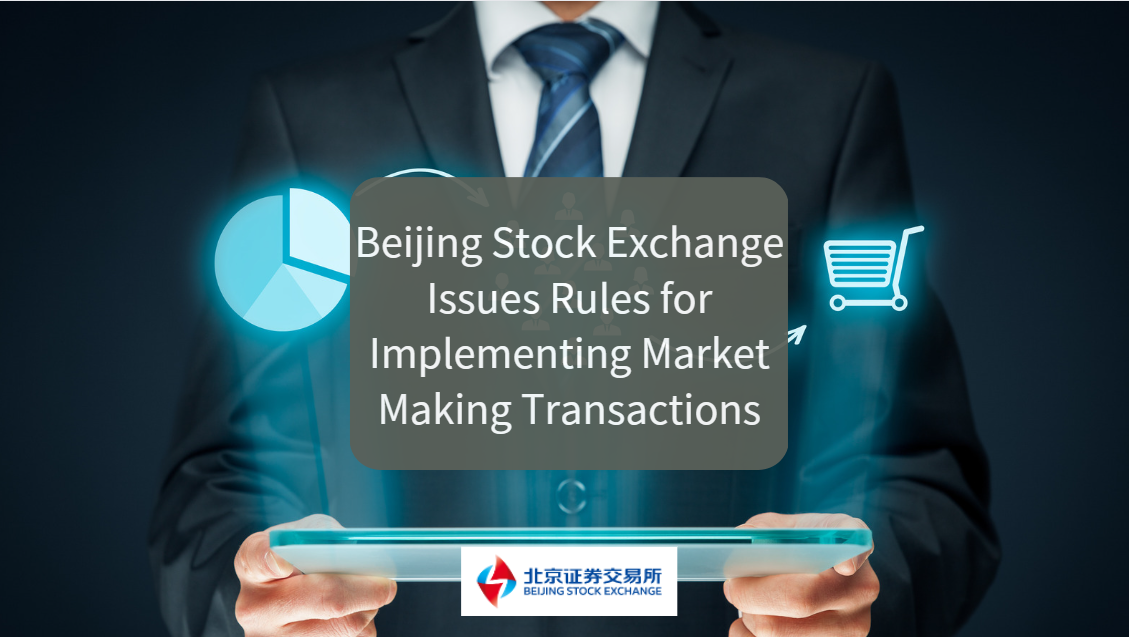
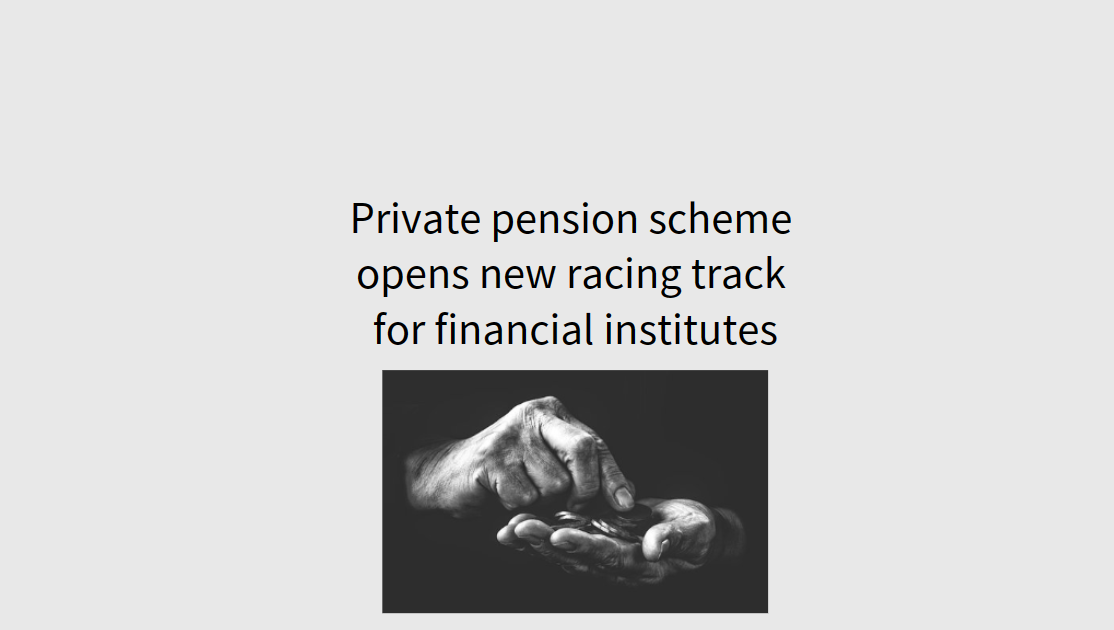

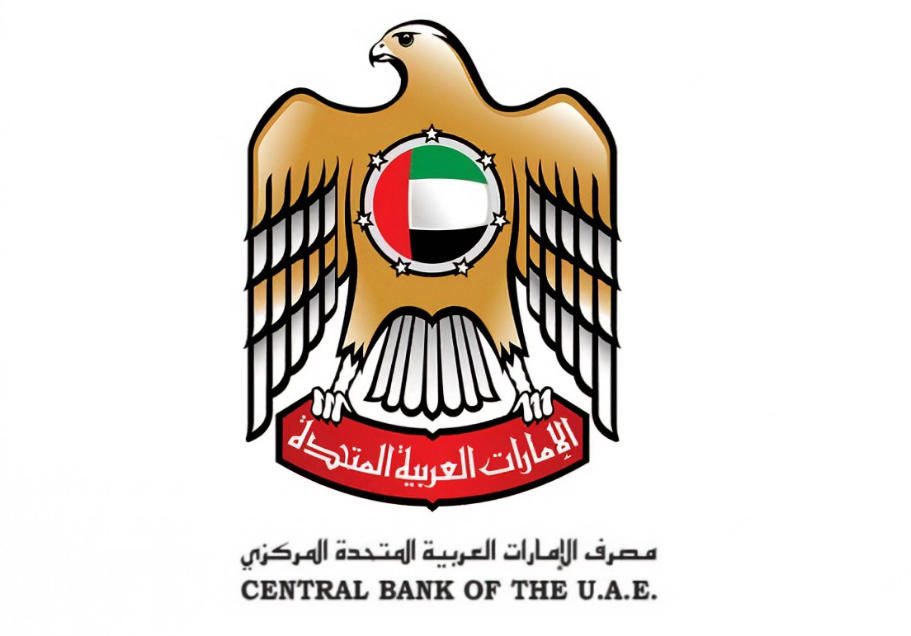



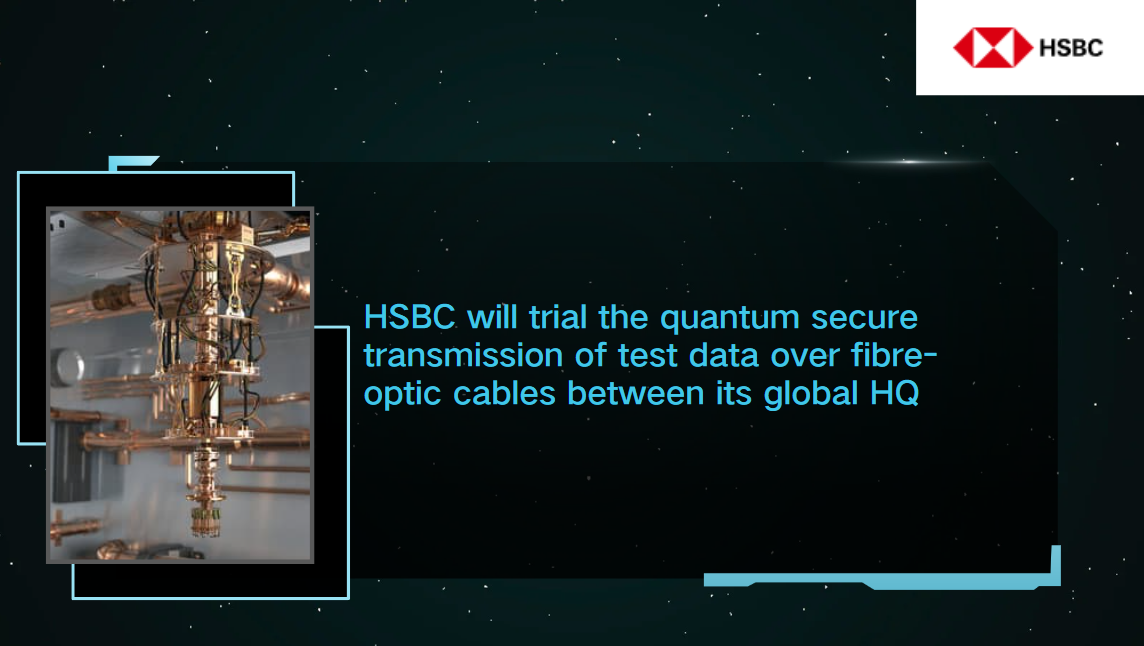
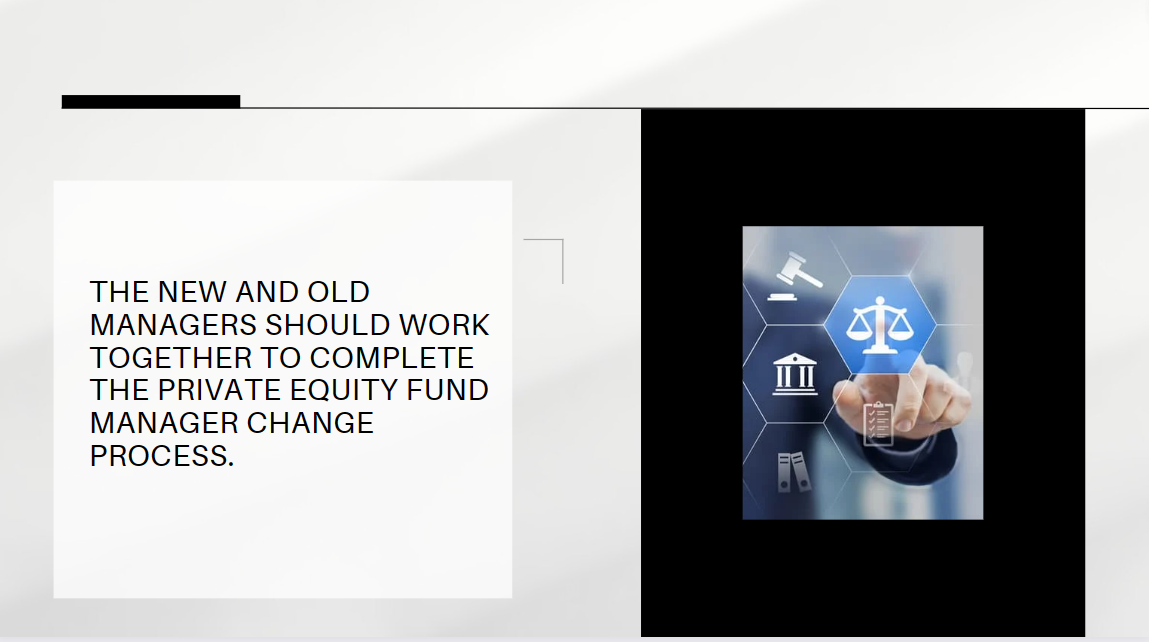

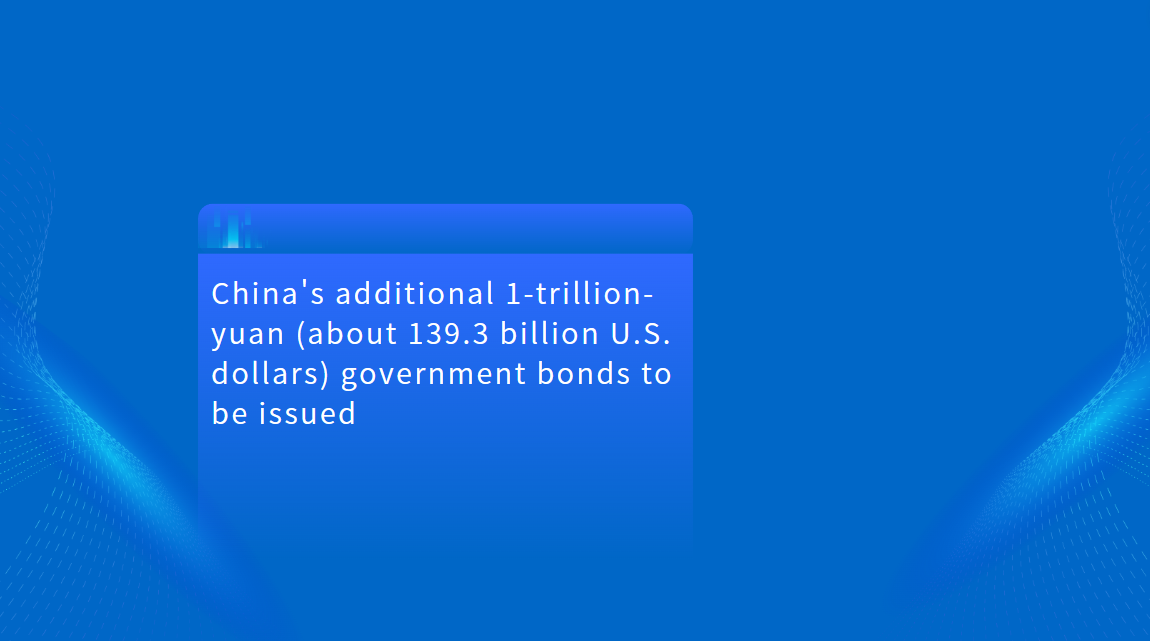



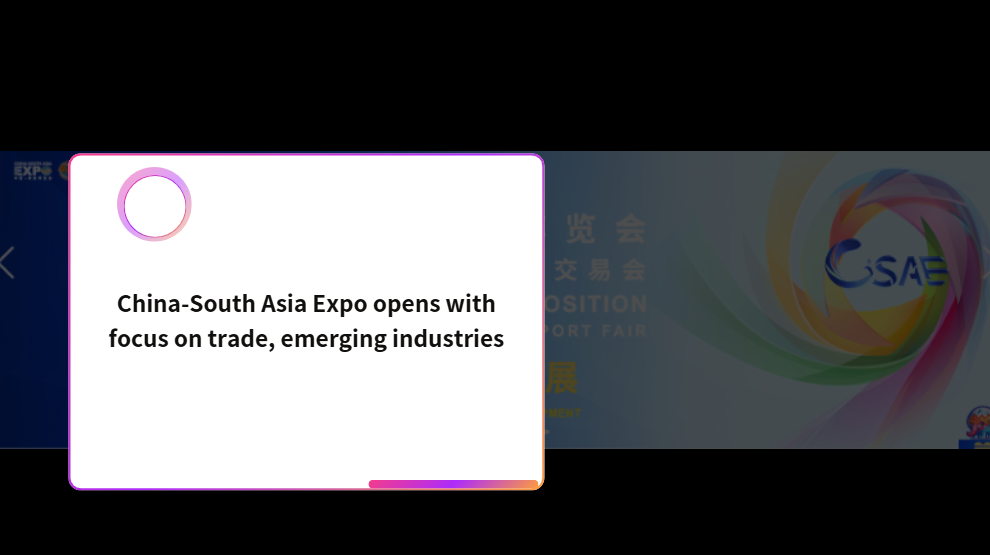





























First, please LoginComment After ~